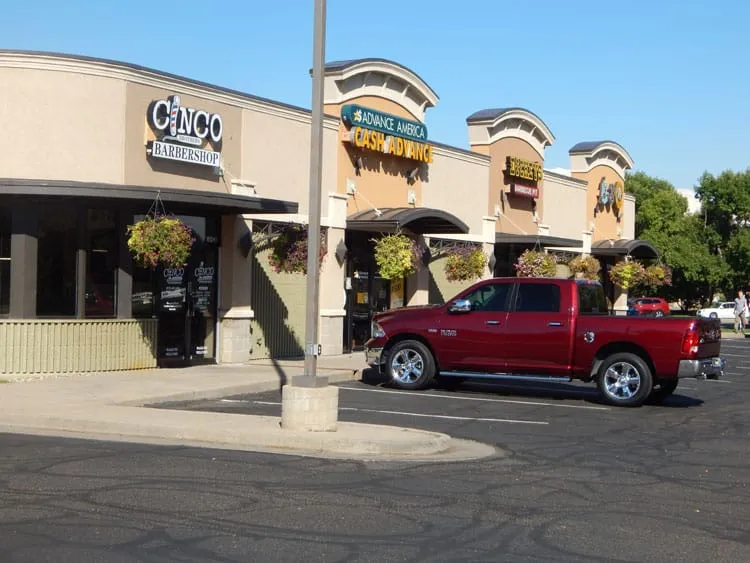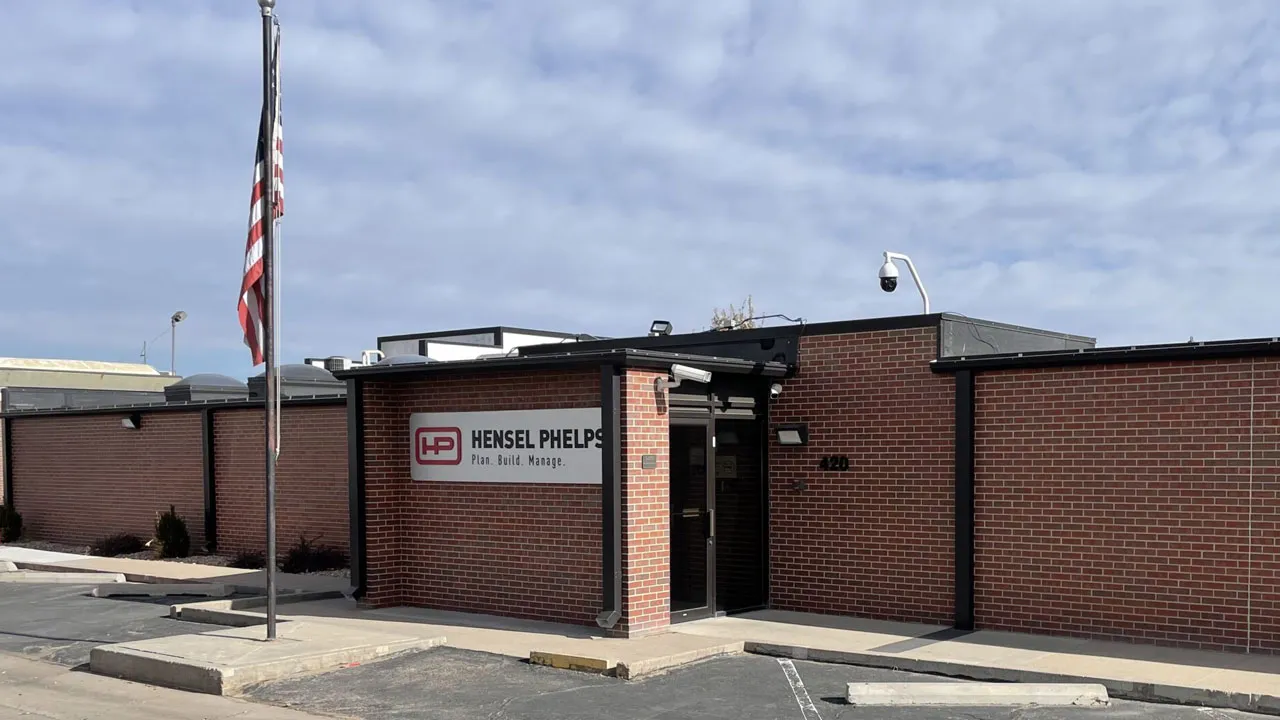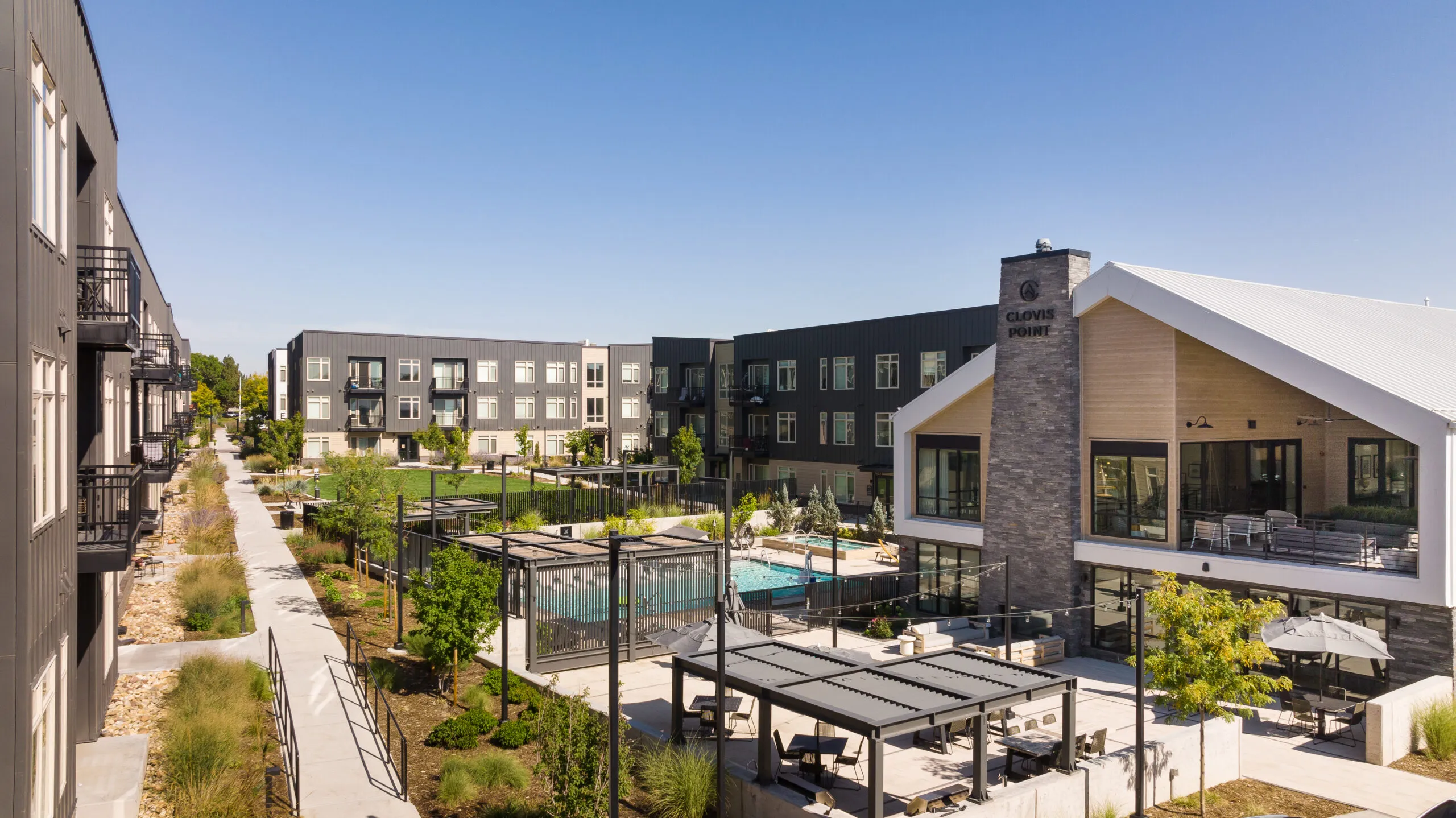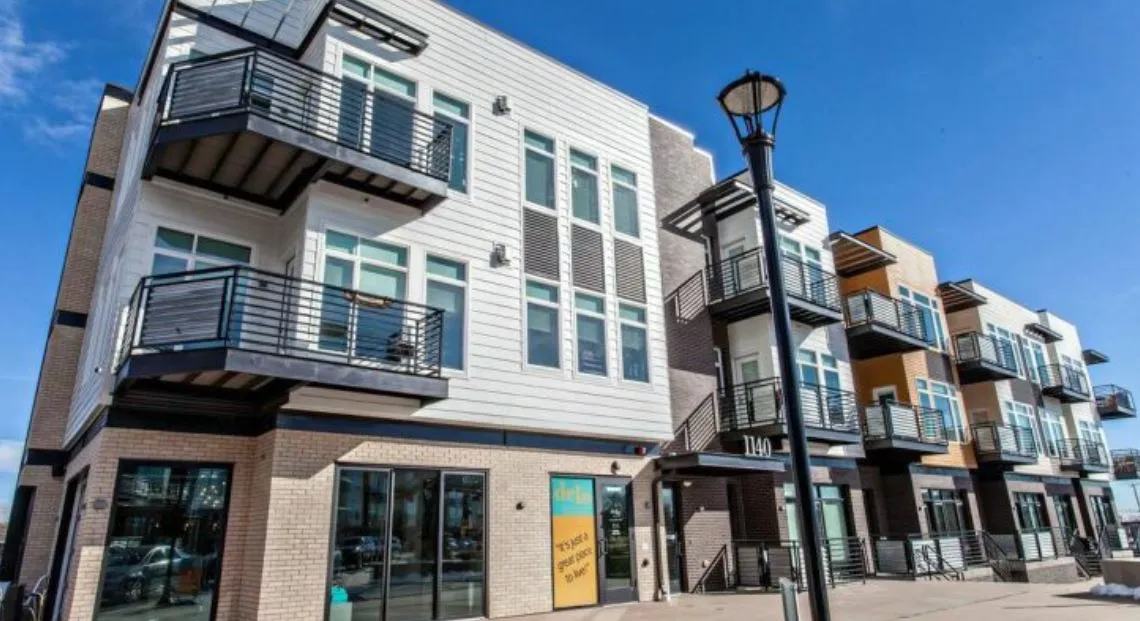Triple nets on rise for commercial leases

Landlords can control the lease rates they charge for commercial properties, but one thing they can’t control is the triple nets.
And though commercial lease rates haven’t gone up significantly, triple nets have, meaning that while tenants are paying more for office, warehouse and retail space, their landlords aren’t generating more profits.
Triple nets, or NNN, refer to three types of expenses on a property above the base rent that include the tenant’s share of the property taxes (the largest portion), building insurance and common area maintenance, or CAM. CAM refers to the maintenance of the…
THIS ARTICLE IS FOR SUBSCRIBERS ONLY
Continue reading for less than $3 per week!
Get a month of award-winning local business news, trends and insights
Access award-winning content today!




